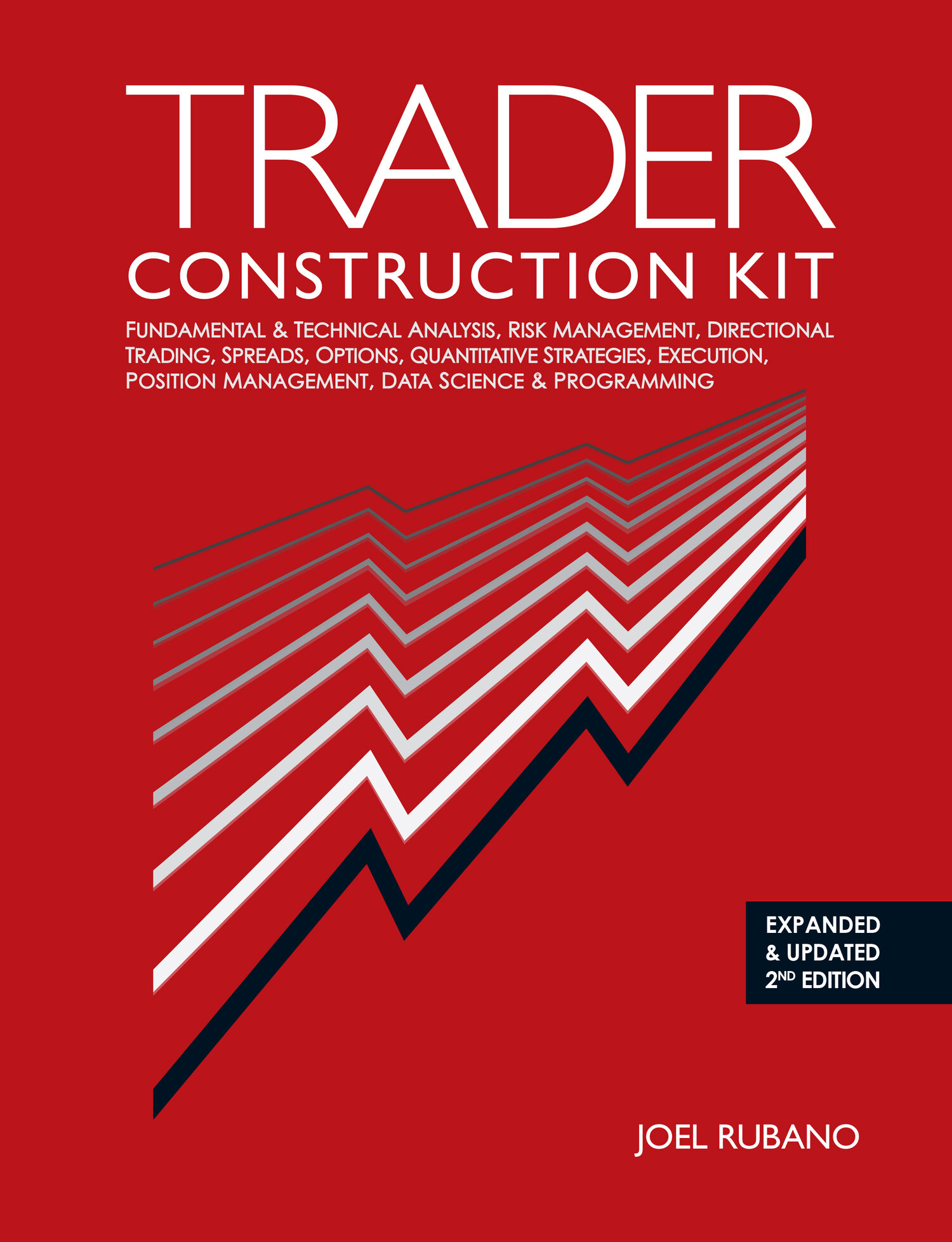As a relative cryptocurrency n00b, I have been putting in work on the Twitters following the launch of Bitcoin futures to try to understand the relative merits (and therefore the relative valuations) of Bitcoin, the important but second-tier Ripple, Litecoin and Ether, and the swarming hordes of Alt-coins being created and ICO-ed by seemingly every sketchy nineteen year old with an fsociety hoodie, laptop and free WiFi at Starbucks. Three observations on this nascent market: 1) There is a difference between coin and technology, 2) Crypto market positions can have option-like risk/reward characteristics, and 3) My newly-created FOMO Index.
1) The tradable instrument is one thing, the technology that allows it to exist is another, probably much more significant thing. Bitcoin is a pretty cool tool to punt around on with your spare cash (which can apparently run to a half-billion or so, if you happen to be a Winklevoss or Silicon Valley VC), but one more store of value or virtual casino chip is not nearly as interesting as a secure means of exchanging payment information that could eventually revolutionize virtually every global industry. If, and this a tremendously big if, they can find a way to somehow scale it in such a way that it does not consume a horrifying amount of energy and get the transaction time down to where large users (think banks, exchanges, and according to some commercials, producers of tomatoes) can accommodate their billions of records a day.
This is the real battle. Who can deploy a secure technology that can scale, not who’s newly-hatched PwnCoin (Is that a real thing yet? It must be.[1]) happens to have doubled/halved on a given day. People, myself included, sling around the term “blockchain” the way we do “Kleenex”, as a brand name that has somehow become default designator for a whole range of similar, but not equivalent, products. As the crypto space continues to evolve, it is very probable that it will converge on the technology that finds the sweet spot on the Venn diagram between security, speed, and affordability. That one, the VHS solution, will Betamax every other technology in rapid fashion (look it up on your smart watch, Mr. fsociety) regardless of their relative technical merits.
2) It seems like every time a Very Rich Person shows up on the financial news to announce a freshly accumulated gigantic cryptocurrency stake, they are met with a fusillade of side-eye rolling and snarky Tulip Bulb jokes by the anchors and pre-arranged Opposing View panelists. I think there is a fundamental misunderstanding of how (some) professional traders and portfolio managers employ high-risk, ultra-high-return instruments: they think of them as long option positions. Obviously, a position in either futures or underlying asset does not have the same non-linear Greek risk characteristics as a derivative security, but many Cryptocurrencies do have similar extremely skewed return properties. Traders frequently employ option strategies as risk-limited leveraged long positions, where they know at the inception of the exposure the maximum of what they can lose and expect that, if things play out as they intend, that they can possibly earn a multiple of that amount. Nobody buys 1,000,000 shares of Microsoft and says “I am comfortable if this goes to zero”, because there is a vanishingly small chance that MSFT goes up 10x-20x during the course of the year to justify risking the entirety of the exposure. Many cryprotcurrencies have done this, and may continue to do so in the future, allowing a trader to plausibly assert that buying and HODL-ing is a productive strategy.
Consider the aforementioned (and as far as I know) fictional PwnCoin. If it were currently priced at $1.00 and a crypto-trader realistically thinks it can go up $15.00 in value during the course of the year, they don’t need particularly good odds of that happening to justify the trade. Traders calculate and obsess about the probability-adjusted risk-reward ratio of the exposures they are contemplating. If the trader thinks it is a 50/50 probability that the PwnCoin finishes the year at $0.00 or $16.00, then the net present value of that bet is +$7.00, yielding a fantastic 7-to-1 risk/reward ratio (with the reward expressed first, then the risk, as is convention). A 25% chance of favorable outcome yields a 3-to-1 ratio. Most traders will seriously consider any trade with a better than 3-to-1 ratio, particularly when the downside is fixed and known pre-trade. Again, this is assuming that the trader is willing to lose 100% of the value of their initial position. Any sort of risk mitigation strategy designed to preserve capital through a stop-loss will skew the risk-reward ratios higher and require a lower probability of success to justify the trade.
3) Introducing The FOMO Index. As a way of contextualizing the incredibly rapid price appreciation potential of cryptocurencies, I decided to calculate the change in value of a basket composed of $1000 initial positions in Bitcoin, Etherium, and Litecoin starting on Thanksgiving Day (when I had my epic pro-crypto convo with family over stuffing and cranberry sauce) to put a number on my rising Fear Of Missing Out. As of 1/9/18 that amounts to:
Initial Investment: $3,000.00
Current Value: $8,211.88
Weighted Return: 174%
FOMO Index: $5,211.88
I will update the FOMO index (and weep softly onto my keyboard) in any subsequent posts.
Disclosure: As the previous section should have made clear, I do not own and have not transacted any Bitcoin or any other cryptocurrencies. My perspective is one of a highly interested market observer attempting to understand and contextualize these (relatively) new instruments against the backdrop of more traditional financial products.
[1] Apparently there are PawnCoins and PwnyCoins, already. Just like speculative fiction based on mutants and superheroes fighting in a post-apocalyptic wasteland, apparently all the good ideas are already taken.
